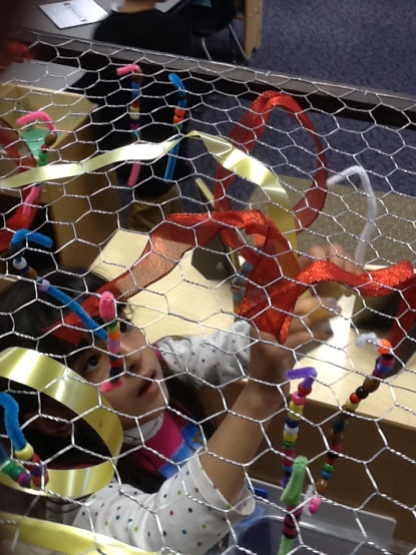As President’s Day draws near, we expose young children to the role of the president as well as two of our most honored presidents, Abraham Lincoln, and George Washington. At this time of the year, we also think about exposing our children to the American Symbols. Our youngest learners are introduced to many universal symbols such as a STOP sign, logos for gender on bathroom doors, a handicap parking only sign, etc. that are required for good citizenship. Some symbols children learn through daily routines and experiences and some require more time along with intentional planning on the part of the teacher, such as the American symbols.
 It is important for young children to begin to explore the American symbols to build patriotism and pride in their country, to provide a sense of belonging to a bigger place, and to communicate the ideals of the United States.
It is important for young children to begin to explore the American symbols to build patriotism and pride in their country, to provide a sense of belonging to a bigger place, and to communicate the ideals of the United States.
The American Symbols document provides pictures of the American symbols, USA flag, liberty bell, the statue of liberty, and bald eagle as well as other famous USA governmental buildings and memorials to be posted in the block/construction center and/or the art/creation center to encourage children to recreate them. Ideas of materials to include in the construction center, as well as extensions for literacy including two poems and math, are included.
note: Send an email to journeyintoearlychildhood.com letting me know that you have signed up to receive my bi-weekly to weekly blog post and I will send you the American Symbols document for free.












 The students can also share the compliment of another student during an end-of-the-day class meeting.
The students can also share the compliment of another student during an end-of-the-day class meeting.



